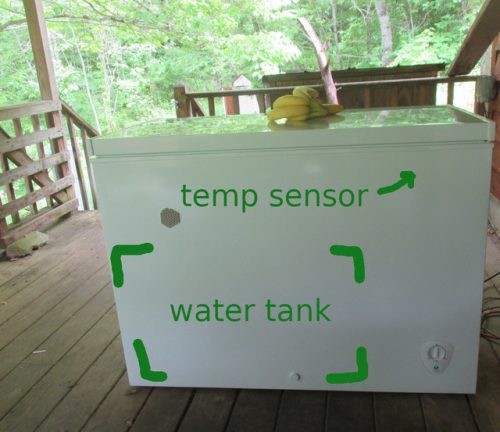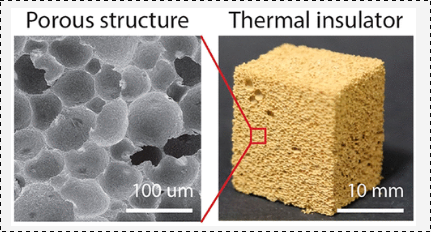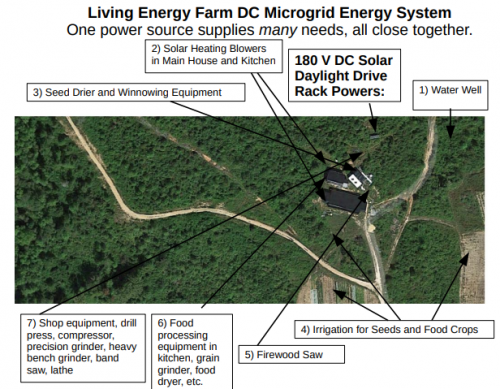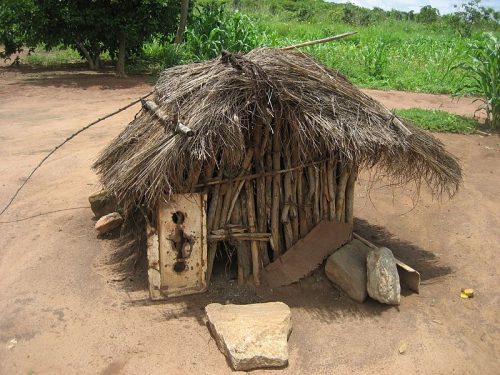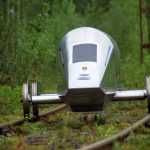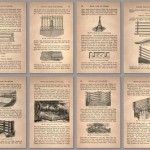Last week, I spoke at The Conference in Malmö, Sweden, where I saw quite some interesting tech talks. The super-efficient Swedes have already uploaded them, so I present you some of my favorites:
- Meghan O’Gieblyn – God in the machine [48:12]
- Brett Scott – The war on cash [14:41]
- Nicole He – Say my name, say my name [15:15]
- Darius Kazemi – Social solutions to social networking [16:20]
Next week, I’m doing a talk in Paris. Knowing the French a bit, these videos will never be uploaded, so be there.
